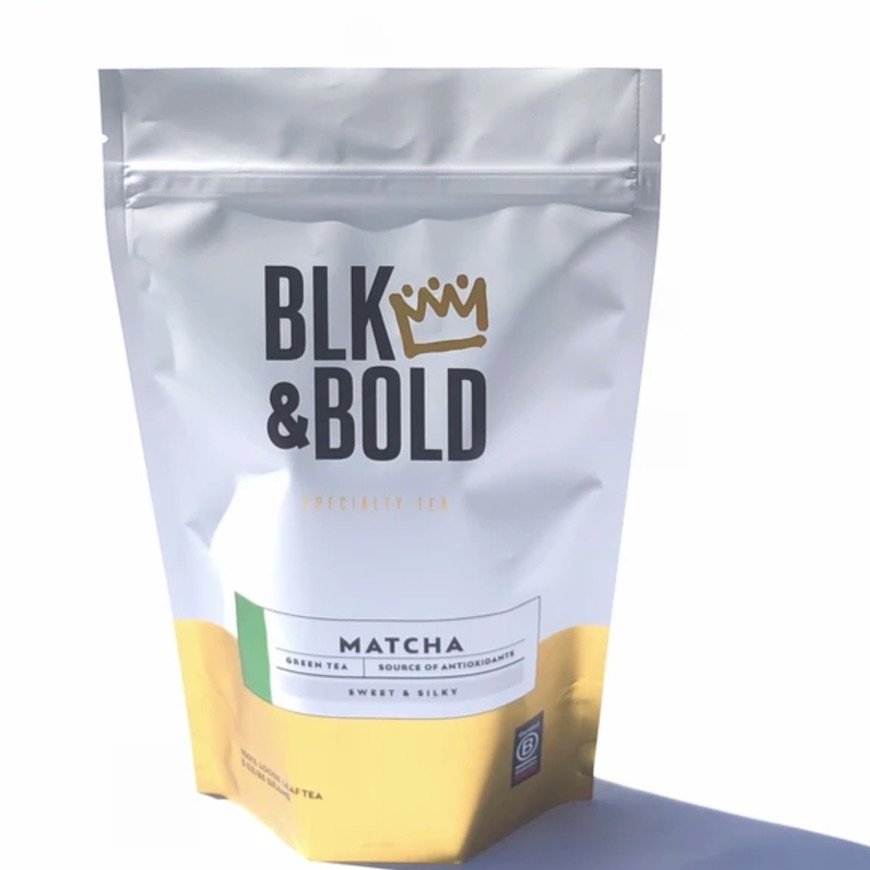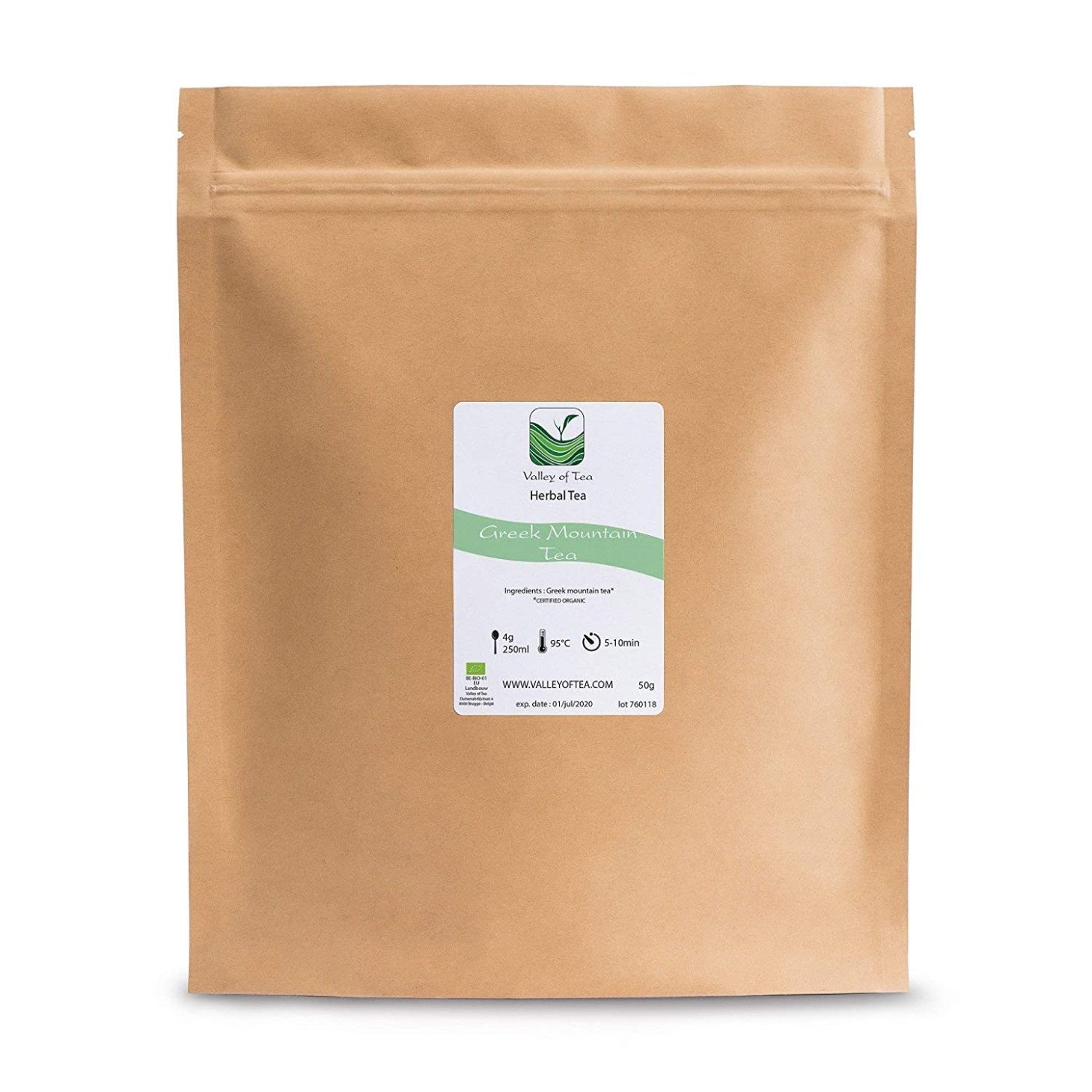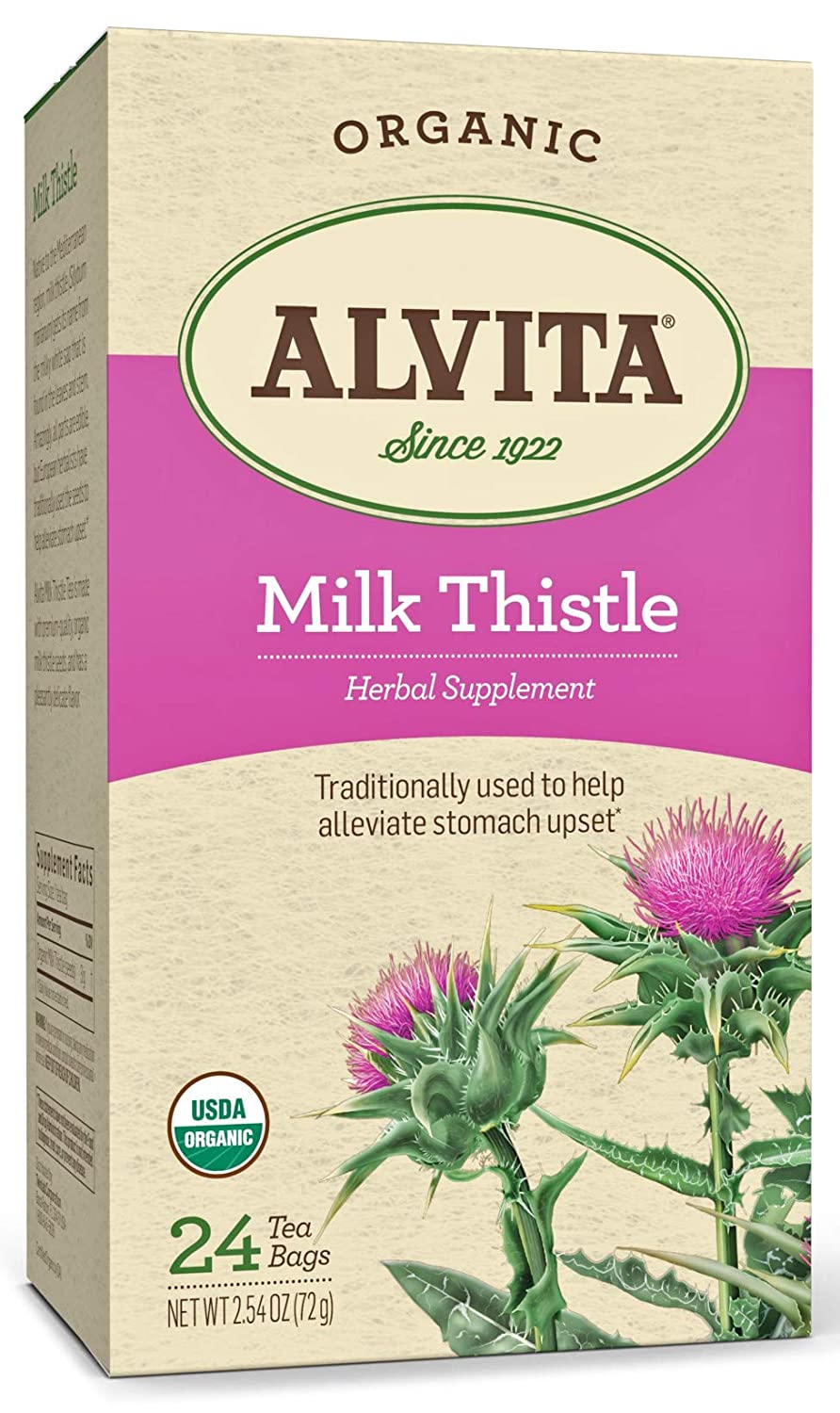The Most Popular Teas in the Blue Zones, AKA Places Known for the Healthiest and Longest-Living Adults
Here's what cool about the Blue Zone way of life: it's simple. They aren't hiding some expensive elixir or superfood. In fact, in each of the five Blue Zones the beverage of choice is one of the most inexpensive drinks there is: tea.
Because it's brewed from plants, all tea is high in antioxidants, which is linked to boosting both brain and heart health. But different types of teas have different health benefits. Rounded up here are the most popular teas in Blue Zones, region by region, along with the perks of sipping it on the reg.
Popular Teas in Blue Zones

In Okinawa, Japan, green tea is sipped throughout the day, and matcha is the most revered and potent type of green tea. Studies have found that drinking green tea regularly is correlated with a decreased number in cardiovascular problems. “[This is because] it’s particularly high in catechins, some of the most powerful disease-fighting phytonutrients found in the plant kingdom,” top functional medicine doctor Mark Hyman, MD, previously told Well+Good.

Often overlooked in Western cooking, chan seeds are common in Costa Rican cuisine, particularly in the Blue Zone of Nicoya Peninsula. In addition to using them in cooking, chan seeds are often brewed as an herbal tea. This particular herb is linked to lowering blood pressure. It’s also high in magnesium and caffeine-free, making it the perfect bedtime tea, too.

Something that makes the Blue Zone of Ikaria, Greece particularly special is that rates of dementia are extremely low. One daily habit that may be contributing to such great cognitive health is sipping mountain tea, an herbal tea made with dried leaves and flowers of Sideritis plants (also known as ironwort). Mountain tea is not only linked to brain health, but is also mood-boosting.

In Sardinia, Italy, milk thistle grows wild and is often used to make milk thistle tea. This particular herb is scientifically linked to protecting against certain types of cancers. It’s also good for the liver.

Okay, so this one *technically* isn’t a tea, but in Loma Linda, California—which has a high population of Seventh-day Adventists—Kaffree Roma is super popular. This beverage looks and tastes like coffee, but it’s completely caffeine-free. Seventh-day Adventists adhere from drinking caffeine, so this non-caffeinated coffee is a mainstay in many houses and social events. Non-caffeinated coffee still has many of the same brain-boosting and inflammation-fighting benefits as traditional coffee, making it a great hot bev to sip on a regular basis.
Sip any of the most popular teas in Blue Zones on a regular basis and you're taking one small but important step for your overall well-being. But it's important to know that no tea is magic: diet, lifestyle, and mental health all matter, too. Think of these longevity teas as just one piece of the puzzle; it plays a role, but you need the other pieces for the complete picture.
Oh hi! You look like someone who loves free workouts, discounts for cult-fave wellness brands, and exclusive Well+Good content. Sign up for Well+, our online community of wellness insiders, and unlock your rewards instantly.
Loading More Posts...